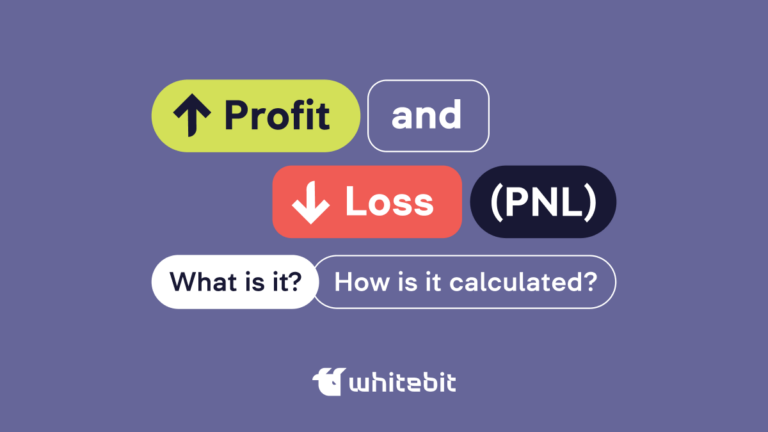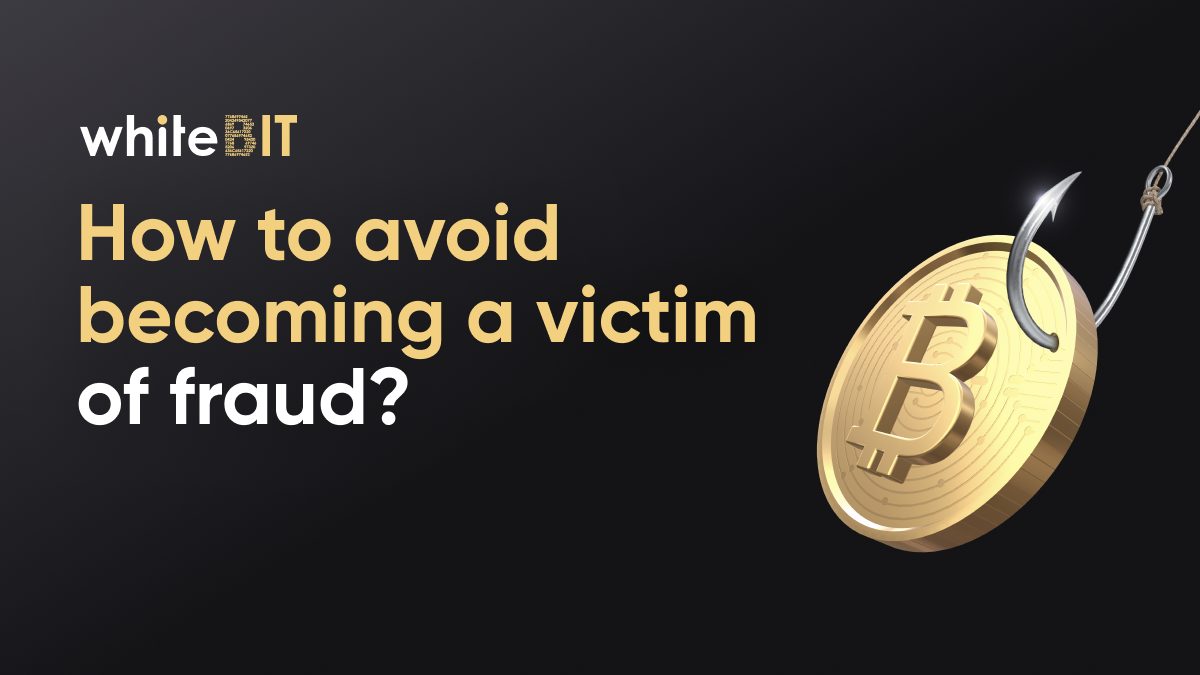What Is Cryptocurrency Listing In Simple Words

Content
One of the critical moments in the life cycle of any cryptocurrency is its listing on an exchange. For many projects, listing becomes the deciding factor of success or failure. But why is listing so essential, and what does it represent? In our article, we will answer these questions, review the listing process, talk about possible obstacles, and explain how a successful listing can radically change the future of cryptocurrency.
Crypto Listing Explained
Crypto listing is the addition of a new cryptocurrency to the list of traded assets on an exchange. Simply said, after listing, the cryptocurrency can be bought and sold. The term “listing” comes from the stock market, but in the stock market, it means adding a security to the list of traded assets, and in cryptocurrency, it means adding a coin or token. Listing is essential for a project, as it opens access to a broad audience of traders and investors. It contributes to a significant increase in liquidity and recognition of the cryptocurrency, allowing those interested to buy crypto and include it in their investment portfolios.
How It Goes New Token Listing On The Crypto Exchange?
Listing cryptocurrencies on an exchange is a complex process that includes several key steps:
- Application Submission
The project applies for listing by the rules of the exchange, providing complete information about itself, including a description of the technology, business model, information about the team, the purpose of using the token, etc…;
- Project Analysis
Exchange specialists conduct a detailed analysis of the project, assessing its legal purity, compliance with legislation, technical characteristics of the coin, security level, and potential crypto liquidity. The experience and achievements of key team members are also checked;
- Terms of Cooperation
If the startup meets the exchange’s requirements, it is sent a cooperation offer with listing terms and fees;
- Agreement and Announcement
Having agreed on the terms and conditions, the parties sign a listing agreement and determine the start date of trading. The project announces this event in the media and social networks, attracting attention to the coin;
- Technical integration and start of trading
The process is completed with the technical integration of the coin onto the platform and the start of trading.
A successful crypto token listingrequires technical and legal preparedness for the project as well as the active participation of the team in promoting and supporting the token on the market. In addition to the question “What is crypto listing?” many people are interested in how listening affects the price of a token.
How Listing Affects the Price Of Cryptocurrency?
A crypto exchange listing is often seen as a significant event that can affect the price of a token. The announcement of a planned listing can cause a wave of optimism among investors and traders, temporarily increasing demand and, consequently, the token’s price.
Once listed, the impact on the cryptocurrency price may depend on factors such as the level of liquidity and investor confidence in the exchange. High liquidity and trust can lead to a long-term increase in demand for a token, which supports its price and promotes trading volume.
However, the effect of listing of cryptocurrency can be ambiguous. If market conditions are weak or news of the listing has already been built into the token’s current price, the actual impact on the cost may be limited or even harmful. The initial surge of interest can quickly fade if the project does not show sufficient development and support.
Ultimately, a new crypto coin listing is an essential event for any cryptocurrency that can positively impact its price and reputation. However, ongoing development of the project, having a promotional strategy in place, and building trust with the community is critical to maintaining and further increasing the value of the token. Knowing where to find new crypto projects before listing and conducting your own analysis is essential for successful trading.
How to Buy New Crypto Before Listing?
Initial Coin Offering (ICO)
It is a form of crowdfunding used by startups to raise capital by issuing new cryptocurrency listing. The tokens are offered to investors at a fixed price before being listed on exchanges. To participate, you must register on the project website, go through the KYC process, and send fiat money or cryptocurrency in exchange for tokens.
The process is usually as follows:
- Preparation: The project develops a white paper outlining technical details and a business plan, as well as creates a website and a marketing campaign;
- Pre-sale: A pre-sale may be organized before the ICO, where tokens are often offered at a lower price than at the ICO. This offering is frequently targeted at large investors or early adopters of the project;
- ICO: Investors buy new tokens, usually for USDT or cryptocurrencies such as Bitcoin and Ethereum. Once the ICO is complete, the project team moves closer to listing the token on cryptocurrency exchanges.
Security Token Offering (STO)
STO is also one of the funding methods that emerged after the peak of ICOs. However, it has fundamental differences. First, STO involves the issuance of digital assets that strictly comply with securities laws. This is aimed at enhanced protection of investors’ rights and minimization of regulatory risks. Participation in STO is provided for professional investors only.
WhiteBIT Launchpad
Launchpad is a platform that helps new blockchain projects launch their tokens or coins through initial offerings (ICOs, IDOs, etc.). Launchpad’s primary goal is to simplify and speed up the fundraising process for start-up projects.
WhiteBIT Launchpad allows users to actively participate in developing the cryptocurrency market by supporting interesting projects even before they trade on the market. To participate, users must have a certain amount of WhiteBIT Coin (WBT) in their accounts, determining their voting power. Once a project collects the required number of votes, it will be added to the exchange, and the users who participated in the voting will receive tokens for that project according to their contribution. If the project does not garner enough votes, the funds used for voting are returned to the users’ principal balances.
Delisting: Reasons For Deleting Coins From Exchanges
Delisting is the process by which certain coins or tokens are removed from the trading platform. One of the most common reasons is low trading volume, which indicates a lack of investor interest. Exchanges often remove low-liquid assets to free up resources and focus on more popular coins.
Changing regulatory requirements can also be a reason for delisting. Coins that do not comply with current legal or technical regulations, including transaction anonymity and KYC and AML compliance, may be delisted. Security issues, including blockchain vulnerabilities or hacker attacks, may also prompt exchanges to decide to delist to protect their users.
Ethical or legal violations, such as deception or fraud by project developers, may result in the removal of a coin. In addition, strategic changes to an exchange, including a change in business model or asset consolidation, may also be grounds to shorten the list of cryptocurrencies that no longer meet new strategic objectives.
The consequences of delisting often negatively impact the price of an asset as investors seek to get rid of a potentially worthless asset. It can also negatively affect a project’s reputation and make its further development more difficult. Usually, exchanges provide advance notice of delisting, giving users time to take necessary actions, such as transferring tokens to other platforms or personal wallets.
Pros & Cons
Listing a cryptocurrency on an exchange brings several key benefits. First, it significantly increases the token’s liquidity, making it available to more traders and investors. Second, being listed on a well-known exchange increases the project’s recognition and credibility, which can attract new investors and help improve the token’s value. In addition, listing on a regulated platform allows a project to meet regulatory requirements, essential for its sustainability and long-term success.
However, the listing process can be costly due to the high fees that many exchanges charge. It also requires compliance with strict conditions and standards, which entails additional resources. Listing can also lead to increased price volatility due to changes in supply and demand and increases the risk of price manipulation, especially if the token’s trading volume is small. All of these factors should be carefully weighed before making a listing decision.
Conclusion
Listing in crypto is a significant stage in the life cycle of any digital asset, defining its availability, liquidity, and perception within the investment community. Besides providing the token with greater visibility and accessibility to a broad audience of traders and investors, a successful listing can substantially boost confidence in the project and increase its market value. However, despite numerous benefits, the listing process is fraught with challenges and risks, including high fees and stringent regulatory requirements. Thus, the decision to list should be made after careful analysis and preparation, considering both the opportunities and potential difficulties. Ultimately, the success of a listing depends on several factors, including the choice of the proper exchange, the project’s readiness to meet high standards, and the ability to adapt to market changes.











